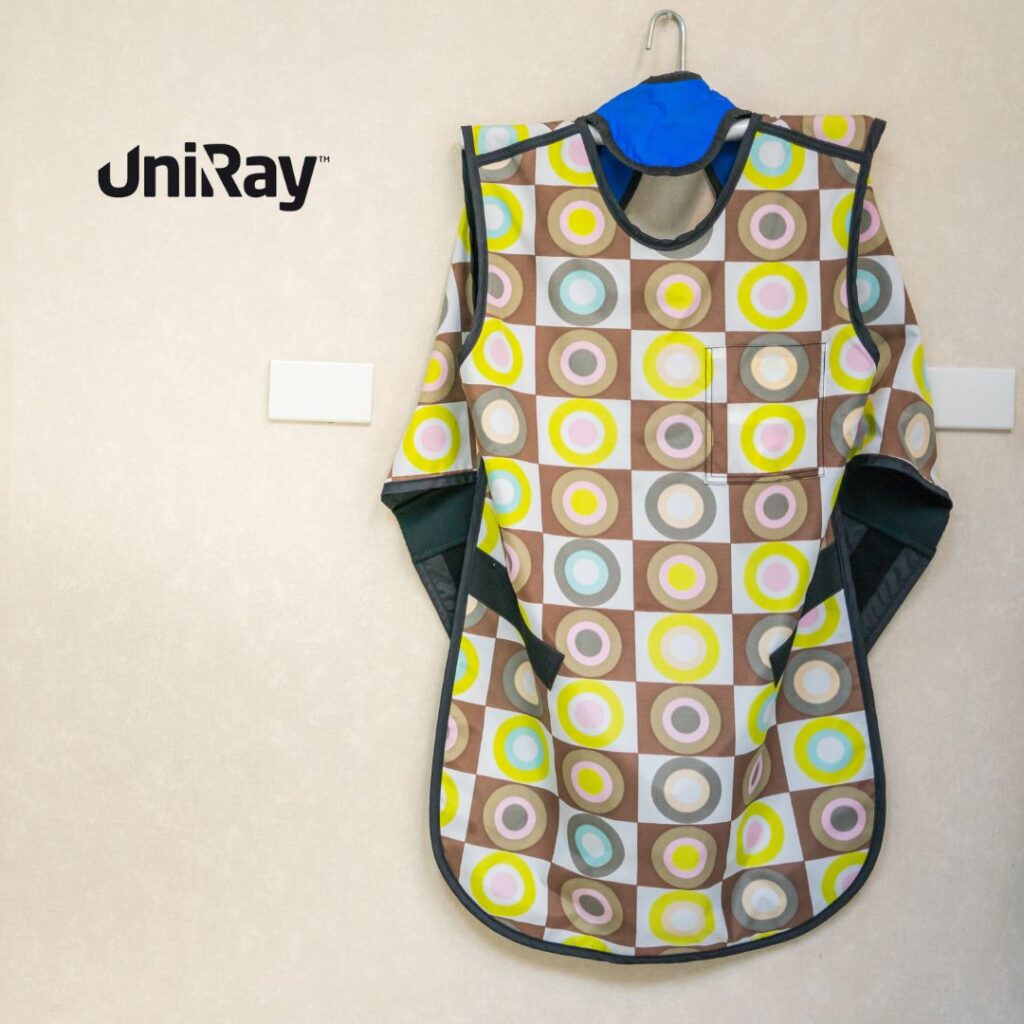How Does Lead Thickness Ensure Radiation Protection?
Radiation protection is a critical concernn medical, industrial, and research settings where exposure to harmful radiation can pose significant health risks and uniray medical. One of the most effective and widely used materials for shielding against radiation is lead. Its high density and atomic number make it an ideal barrier to block radiation. This article delves into the factors influencing lead thickness for radiation protection, Lead Apron the standards for shielding, and the applications of lead in various forms, including walls, glass, and specialized enclosures.
Why Is Lead Used for Radiation Protection?

Lead is highly effective in blocking radiation due to its dense atomic structure. It absorbs and scatters radiation, reducing its intensity and preventing it from penetrating protected areas. The effectiveness of lead shielding depends on its thickness, which must be carefully calculated to meet specific protection needs. Understanding the role of lead thickness to block radiation is essential for ensuring safety in environments exposed to X-rays, gamma rays, and other forms of ionizing radiation.
How Thick Should Lead Be for Radiation Protection?
The required lead thickness for radiation protection varies depending on the type and energy level of the radiation, as well as the intended application. Factors influencing lead wall thickness for radiation protection include:
1. Type of Radiation
Different types of radiation, such as X-rays and gamma rays, have varying penetration abilities. High-energy gamma rays require thicker lead shielding compared to low-energy X-rays and X-ray protection.
2. Source of Radiation
The intensity of the radiation source directly affects the required lead radiation shielding thickness. Stronger sources demand greater thickness to achieve adequate attenuation.
3. Regulatory Standards
Government and international organizations set guidelines for lead shielding thickness based on specific applications. For instance, medical facilities must adhere to regulations for X-ray room wall lead thickness to ensure patient and staff safety.
What Are the Guidelines for Lead Wall Thickness?

Lead wall thickness for radiation protection is determined based on regulatory standards and practical considerations. In healthcare settings, walls of X-ray rooms, CT scan rooms, and other imaging facilities are commonly lined with lead sheets. These sheets typically range from 1/32 inch to 1/8 inch in thickness, depending on the level of radiation produced by the equipment and X-ray protection head cap
Factors Influencing Lead Wall Thickness
- Room Layout: Shielding requirements depend on room size, adjacent spaces, and occupancy levels.
- Distance from Source: Radiation intensity decreases with distance, so walls farther from the source may require less lead.
- Frequency of Use: Rooms with frequent radiation exposure, such as diagnostic imaging suites, may require thicker shielding.
How Is Lead Glass Used for Radiation Protection?
Lead glass is a specialized material that combines transparency with radiation shielding. It is used in observation windows, allowing medical staff to monitor procedures while remaining protected from radiation exposure.
Properties of Lead Glass
Lead glass thickness is carefully calibrated to balance visibility and protection. Typical lead glass panels range from 7 mm to 20 mm in thickness, depending on the required shielding level. The lead content in the glass provides effective attenuation of X-rays and gamma rays.
Applications of Lead Glass
- Medical Imaging Rooms: Observation windows in X-ray and CT rooms.
- Nuclear Facilities: Viewing panels in control rooms.
- Laboratories: Windows for research environments involving radiation.
What Are the Applications of Lead in Radiation Shielding?
Lead shielding is essential in a variety of settings, including:
1. Medical Facilities
Lead is widely used in hospitals and clinics to ensure the safety of patients and staff during diagnostic and therapeutic procedures. Applications include:
- X-Ray Room Wall Lead Thickness: Ensuring adequate shielding in diagnostic imaging rooms.
- Protective Barriers: Portable shields for staff during procedures.
- Lead Glass Thickness: Observation windows in imaging suites.
2. Industrial Environments
In industries using radioactive materials, lead shielding protects workers from exposure. Applications include storage containers, protective barriers, and enclosures for radioactive sources.
3. Research Laboratories
Laboratories dealing with radioactive isotopes use lead shielding to ensure safe handling and experimentation. Lead-lined cabinets, walls, and protective enclosures are standard features.
How Is Lead Thickness Calculated for Radiation Shielding?
The calculation of lead thickness to block radiation involves several factors, including:
1. Half-Value Layer (HVL)
The HVL is the thickness of a material required to reduce radiation intensity by half. For lead, the HVL depends on the type and energy of radiation. High-energy radiation has a larger HVL, requiring greater thickness for effective shielding.
2. Build-Up Factor
The build-up factor accounts for scattered radiation within the shielding material. It ensures that the calculated thickness provides sufficient attenuation for both direct and scattered radiation.
3. Safety Margin
A safety margin is often included in shielding calculations to accommodate unexpected variations in radiation levels or changes in equipment use.
What Are the Benefits of Proper Lead Shielding Thickness?
Ensuring adequate lead shielding thickness offers several advantages:
- Enhanced Safety: Protects individuals from harmful radiation exposure.
- Regulatory Compliance: Meets legal standards for radiation protection.
- Operational Efficiency: Allows safe use of radiation-emitting equipment in diverse applications.
How to Choose the Right Lead Shielding?
Selecting the appropriate lead shielding involves evaluating several factors:
- Radiation Type and Energy: Determines the required thickness and composition.
- Application Needs: Identifies specific shielding requirements for walls, glass, or portable barriers.
- Regulatory Guidelines: Ensures compliance with local and international safety standards.
Conclusion
Lead shielding is a cornerstone of radiation protection, offering unmatched effectiveness in blocking harmful radiation. Whether it is determining the lead wall thickness for radiation protection in medical facilities, calculating the lead glass thickness for observation windows, or ensuring the safety of industrial and research environments, proper shielding is essential. By understanding the principles of lead thickness to block radiation and adhering to regulatory standards, we can create safe spaces that enable the beneficial use of radiation without compromising health and safety and Lightweight Lead Aprons.
For expert guidance and high-quality lead shielding solutions, visit Uniray Medical.


